Recent Searches
Popular Attractions
Sydney
Melbourne
Gold Coast
Phillip Island
Brisbane
Featured Events in Netherlands in July 2025 (July Updated)
Are you interested in Tropical Palm Tree Paint Night?
245 people have participated in this
poll
Yes
No




50%



50%
Type
Location
Event Status
Popularity
Start Time
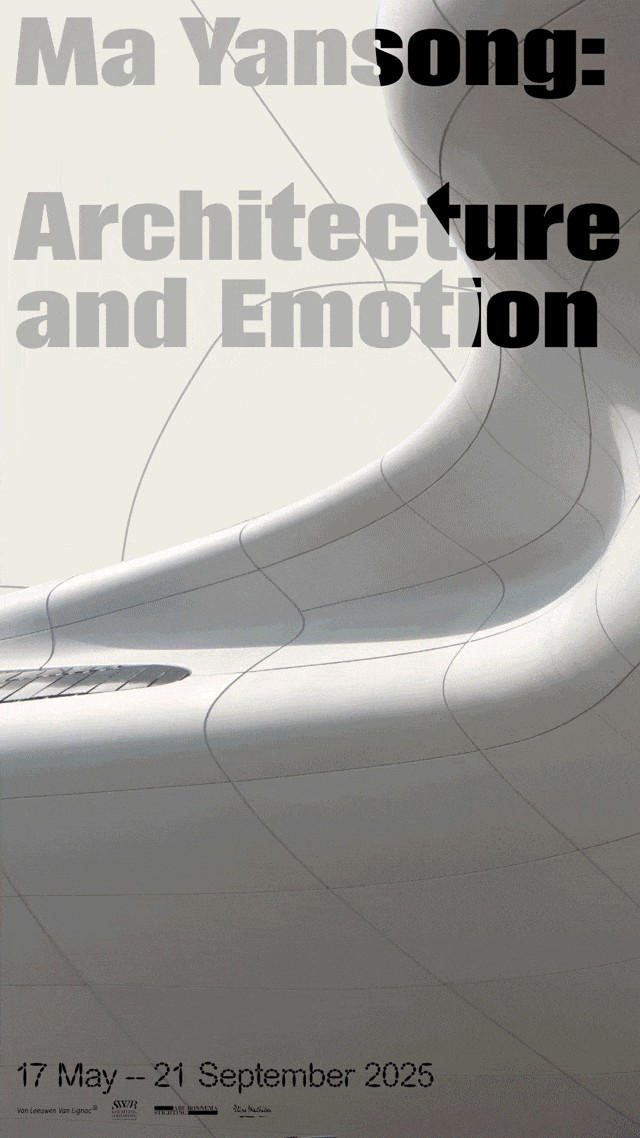
Ma Yansong: Architecture and Emotion | Het Nieuwe Instituut
Ma Yansong: Architecture and Emotion opens on May 16, 2025 at the Nieuwe Instituut, a national museum in the Netherlands dedicated to studying architecture, design and digital culture and exploring the potential power of new ideas.
The exhibition is anchored by several iconic nodes in MAD's architectural practice and research, and has the following seven chapters:
- MAD In China;
- Absolute Towers;
- Shanshui City;
- Embodied Nature;
- Layered Futures;
- Connective Landscapes;
- MAD People.
The exhibition will run until October 12, 2025.

THE SYMPHONY OF NATURE | Moco Museum Amsterdam
Ezequiel Pini also known as Six N. Five, is an award-winning Argentinian designer based in Barcelona. Over the last few years, Pini has pioneered the use of 3D and different media to create imaginary, dreamlike worlds with his signature clean, modern aesthetic, making Six N. Five one of the most recognized digital creative practices.
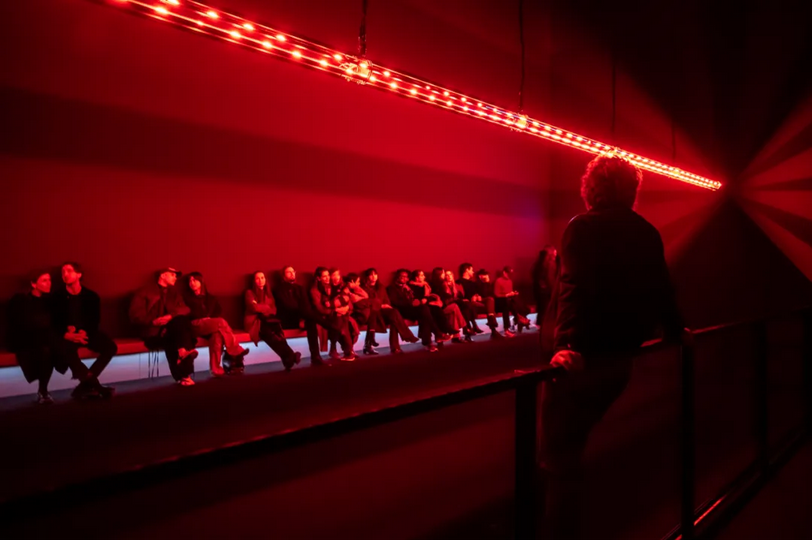
Still Processing Nxt Museum | Nxt Museum
The Dutch museum Nxt Museum opened five years ago in the industrial area of Amsterdam's northern port area. It has attracted many new media art enthusiasts by rotating large-scale cutting-edge exhibitions. The current exhibition is "Still Processing", curated by Belgrade-born curator and artist Bogomir Doringer, which aims to explore the dynamic relationship between humans and machines and study how data shapes meaning and changes sensory experience in the digital age. The exhibition lasts until October 5.
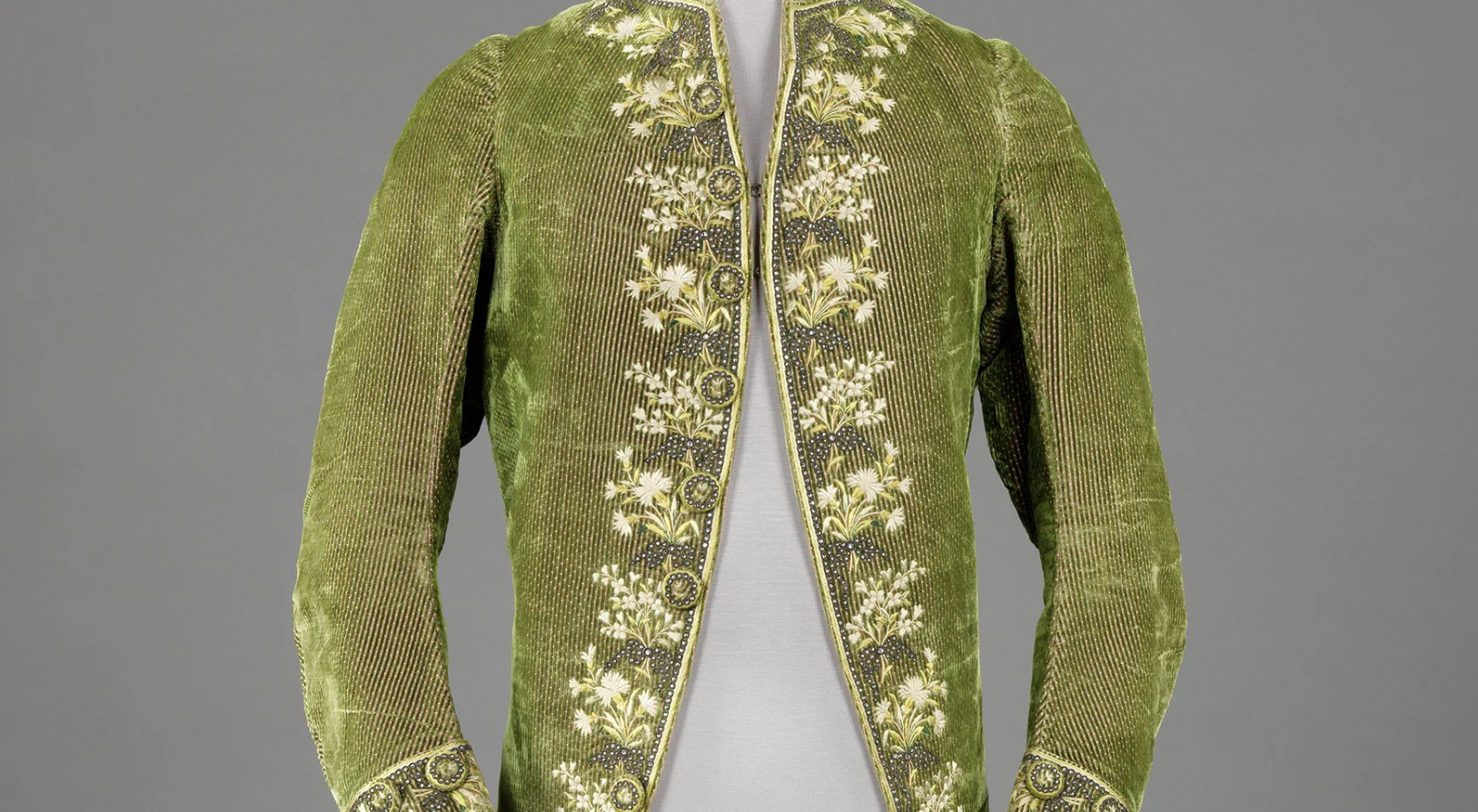
SUIT YOURSELF | 100 YEARS OF MENSWEAR, 1750-1850 | Rijksmuseum
The Suit Yourself display reveals how fashionable men in the 18th and 19th centuries would flaunt themselves dressed in flamboyant striped velvet, floral embroidery and rich silk fabrics. This use of vibrant colours and contrasting textiles flourished during the ‘macaroni’ period from 1750 to 1770. The style evolved in the 19th century with industrialisation, which increased the availability of fabrics and ready-to-wear garments. A highlight of the display is the evening coat decorated with 4,000 rhinestones that would have sparkled in the candlelight with every movement.
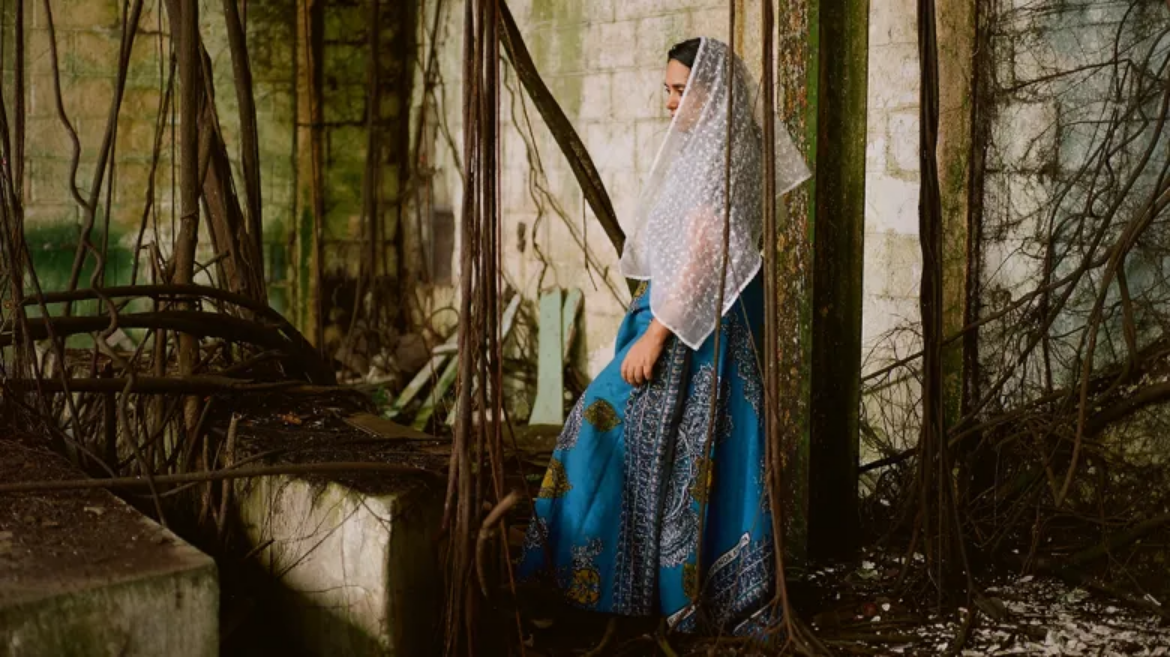
Atlantic Window III: Sarojini Lewis | National Maritime Museum
On 1 July 1863, the Netherlands abolished slavery in Suriname on paper. In reality, the ‘freed’ in Suriname are obliged to continue working on the plantations for another ten years. In order to compensate for the shortage of labor after this period, the Netherlands starts recruiting so-called ‘contract workers’. These people are often recruited with false promises in China, India and Indonesia, among others. Sometimes they leave their country of their own accord, sometimes they are forced or abducted. They hardly get any wages and work under horrible conditions on the plantations. Very few people had the opportunity to return. Many stayed in Suriname and never saw their homeland again.
Artist and researcher Sarojini Lewis came across the person of Soerdie in the archives of the Royal Library in The Hague: the first female ‘contract worker’ who was shipped from India via Barbados to Suriname. Based on books, letters and travel reports from that time, Lewis imagines what the life of Surdie might have looked like. Sarojini Lewis hides in the skin of Surdie. Her self-portraits at historical locations respond to the energy present on the abandoned plantations in Suriname and archival material she has previously discovered. She uses Critical Fabulation: a creative reconstruction of Surdie’s life, based on the few transmitted data from archives. She connects the story of this woman with the history of her own Hindustani ancestors who worked in the same area in Commewijne. In the exhibition, Sarojini Lewis speaks.
In a series of Atlantic Windows, contemporary artists reflect on the exhibition Shadows on the Atlantic Ocean and the impact of the colonial past in this area. The windows were performed by Kevin Osepa and Sites of Memory: Decoding the Atlantic World.
Atlantic Window III: Sarojini Lewis - Silence of the Sea: A trail of Surdie can be seen from 31 March to 1 October.
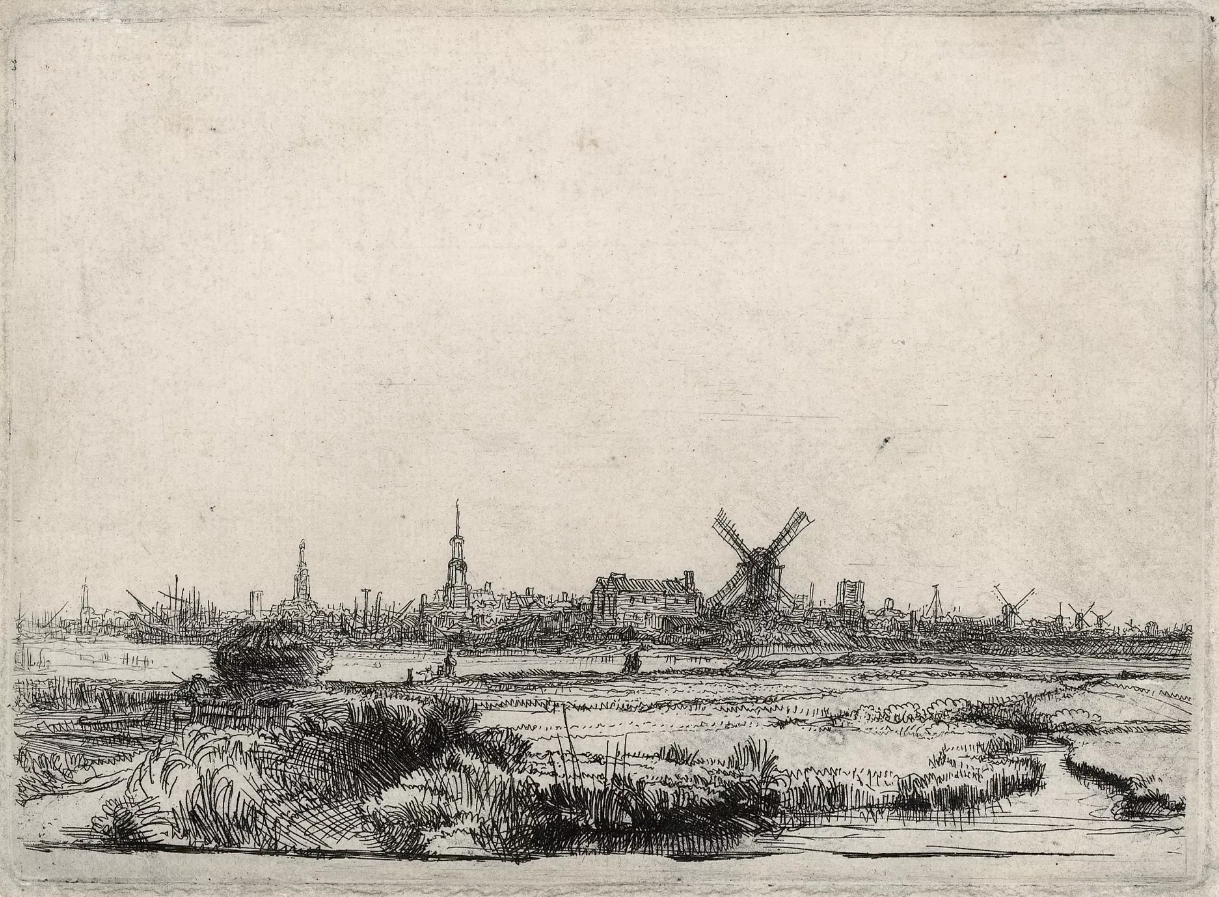
Rembrandt & Amsterdam | Rembrandt House Museum
In 2025, wewillcelebrate the 750th anniversary of Amsterdam. In the summer exhibition, you will see the city through Rembrandt’s eyes. He lived most of his life in Amsterdam and often captured the city and its residents in his prints. He made portraits ofAmsterdammersandobservedeverydaylife in the city. From street vendors to the city council – Amsterdam comes alive innearly 50etchings by Rembrandt from the Rembrandt House Museum collection.
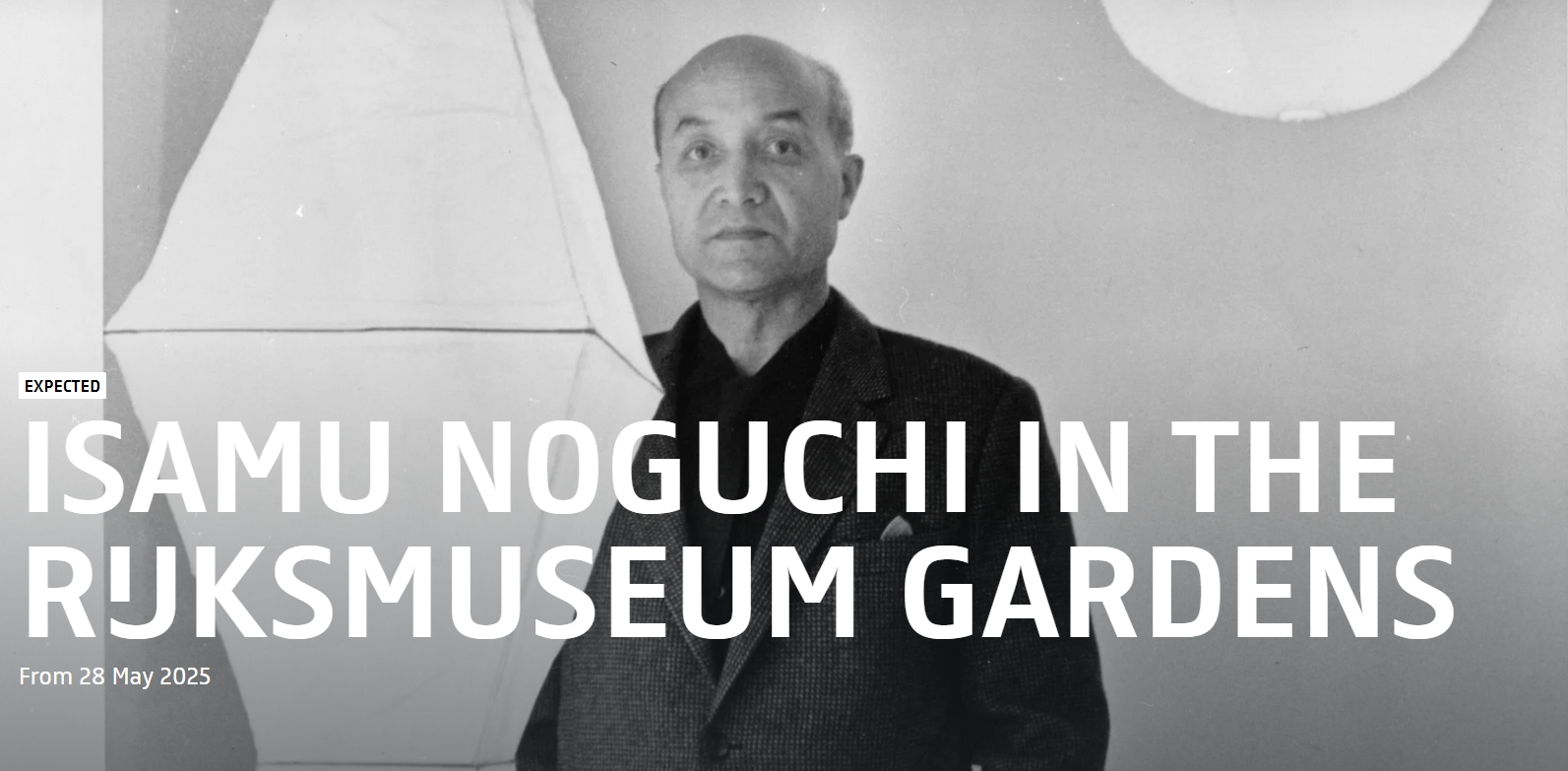
ISAMU NOGUCHI IN THE RIJKSMUSEUM GARDENS | Rijksmuseum
Widely regarded as one of the most important sculptors of the 20th century, American artist Isamu Noguchi (1904–1988) has left an indelible mark on the art world with his innovative approach to sculpture. He made his modernist work using a variety of materials, including stone, marble, bronze, steel and ceramic. Isamu Noguchi also designed lamps, gardens, playground equipment and radios. The exhibition in the gardens comprises stone and bronze sculptures. Additionally, a ‘cloud’ of his washi paper Akari lamps will be hanging in the Atrium, and a chess table and selection of the artist’s sculptural ceramics will also be on display inside the museum.
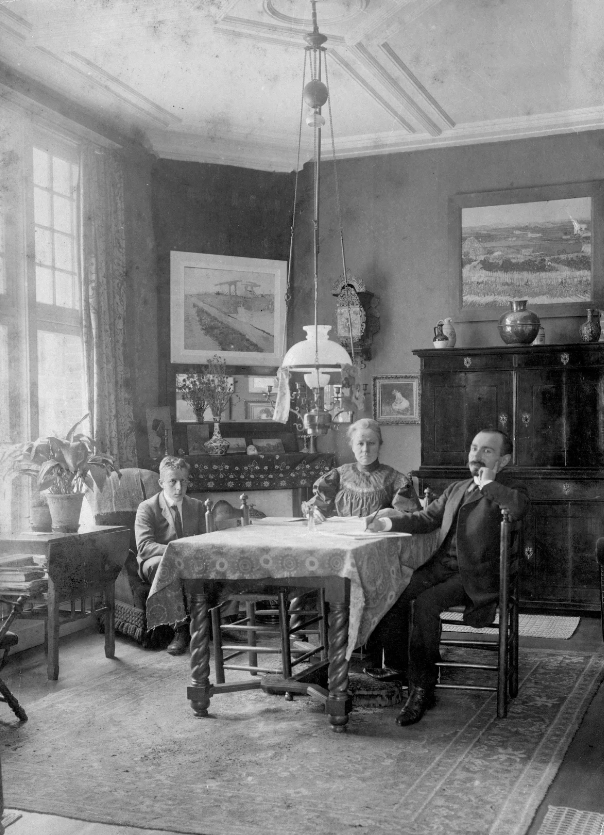
‘Choosing Vincent’ | Van Gogh Museum
The exhibitionChoosing Vincent. Portrait of a Family Historyis telling a personal story of doubt, setbacks, pride, and triumph. A story punctuated with dilemmas, seen through the eyes of Vincent van Gogh (1853-1890), his brother Theo (1857-1891), Theo's wife Jo (1862-1925) and their son Vincent (1890-1978), named after his uncle.
In the multisensory exhibition, you get to know Vincent and his extraordinary family by looking, listening and doing. The many masterpieces and lesser-known gems show how the family collection grew to become a world-famous collection.
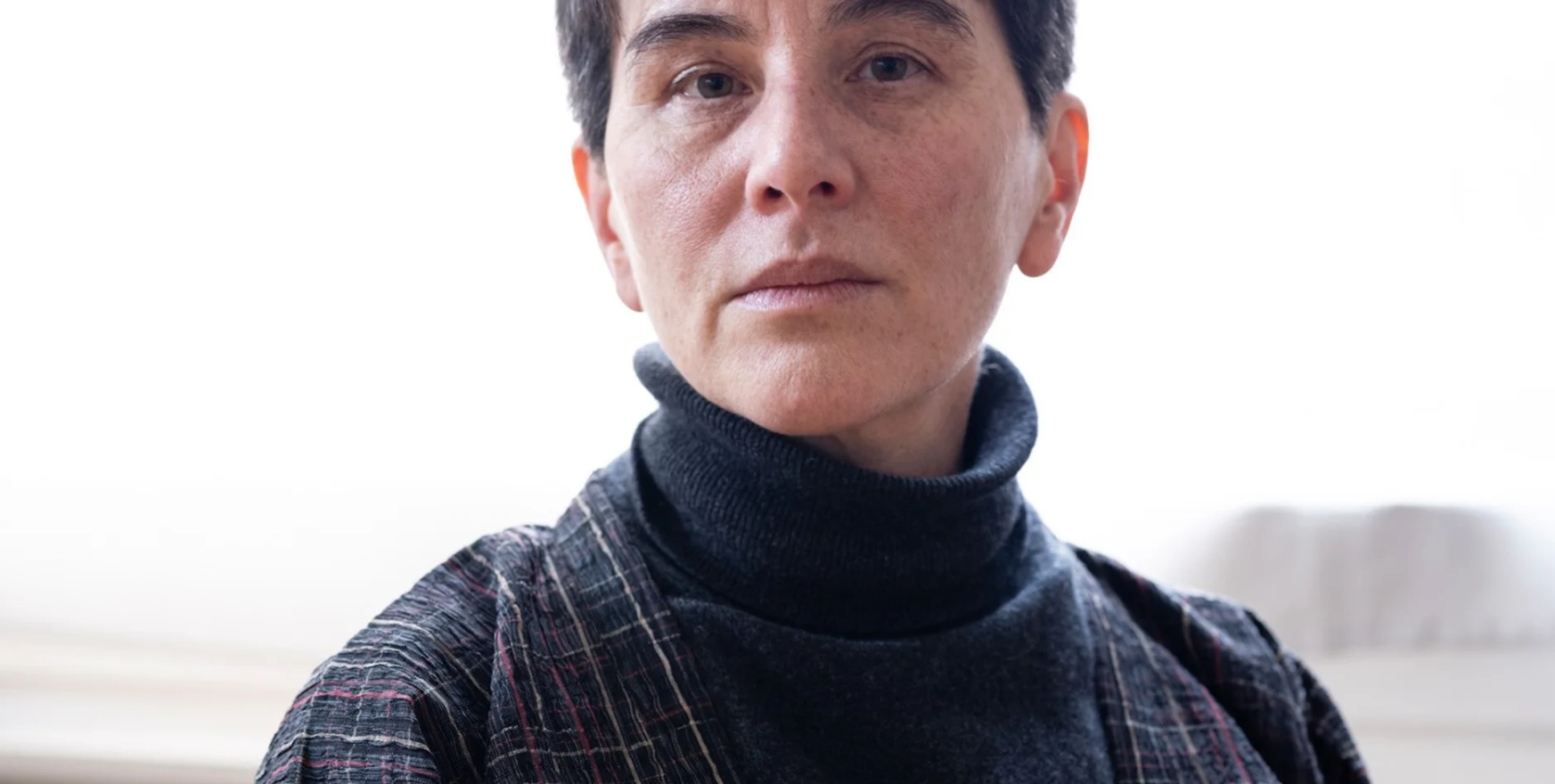
FIONA TAN: MONOMANIA | Rijksmuseum
The Rijksmuseum has given artist Fiona Tan carte blanche for her own exhibition. She will draw on the museum’s collection to explore her fascination for psychiatry, classification and the representation of mental disorders in the 19th century. This summer Tan will present her exciting selection from the collection alongside loaned objects and examples of her own work. Tan’s video installation Janine’s Room, which she made especially for the exhibition, examines the mutability of identity and the deceptive nature of representation.
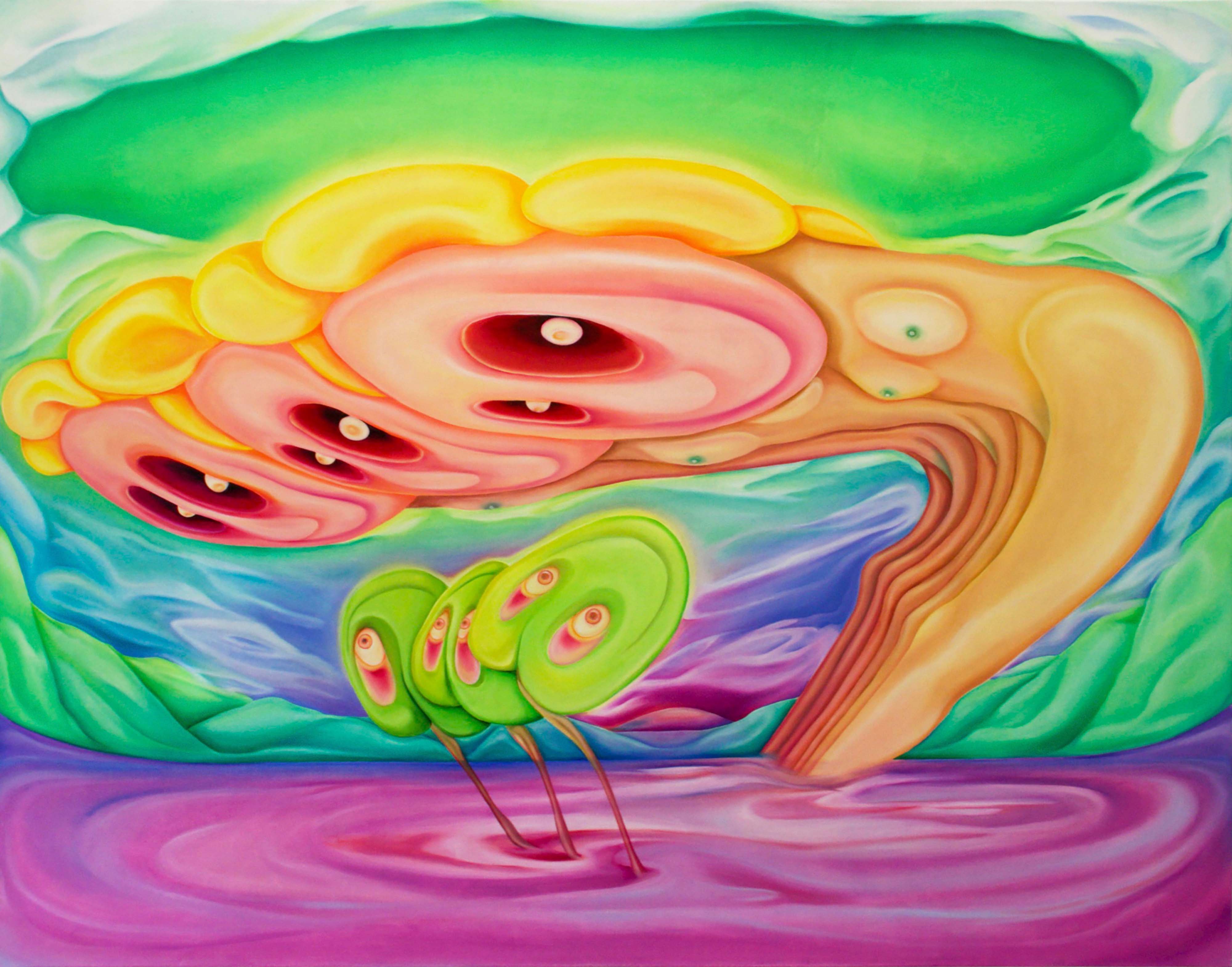
CUTE | Kunsthal Rotterdam
Why do we swoon over baby faces, stay glued to screens showing fluffy kitten videos, and collectively communicate through emojis? This summer, discover the seductive and sometimes confusing universe of CUTE at Kunsthal Rotterdam, an exhibition that shows how cuteness has both conquered and deregulated our world. In this time of fast online stimuli, being cute is not just attractive, but also a powerful tool to manipulate, comfort, or provoke. Dance to sugary beats in the Hello Kitty disco, transform into an anime character in the installation Glimmer, or dress up tiny digital monsters in the game arcade. Especially for CUTE, JimmyPaul designed a dress to celebrate Miffy’s seventieth birthday. From Japanese kawaii to funny memes and futuristic design: CUTE immerses you in an ultra-cute experience.
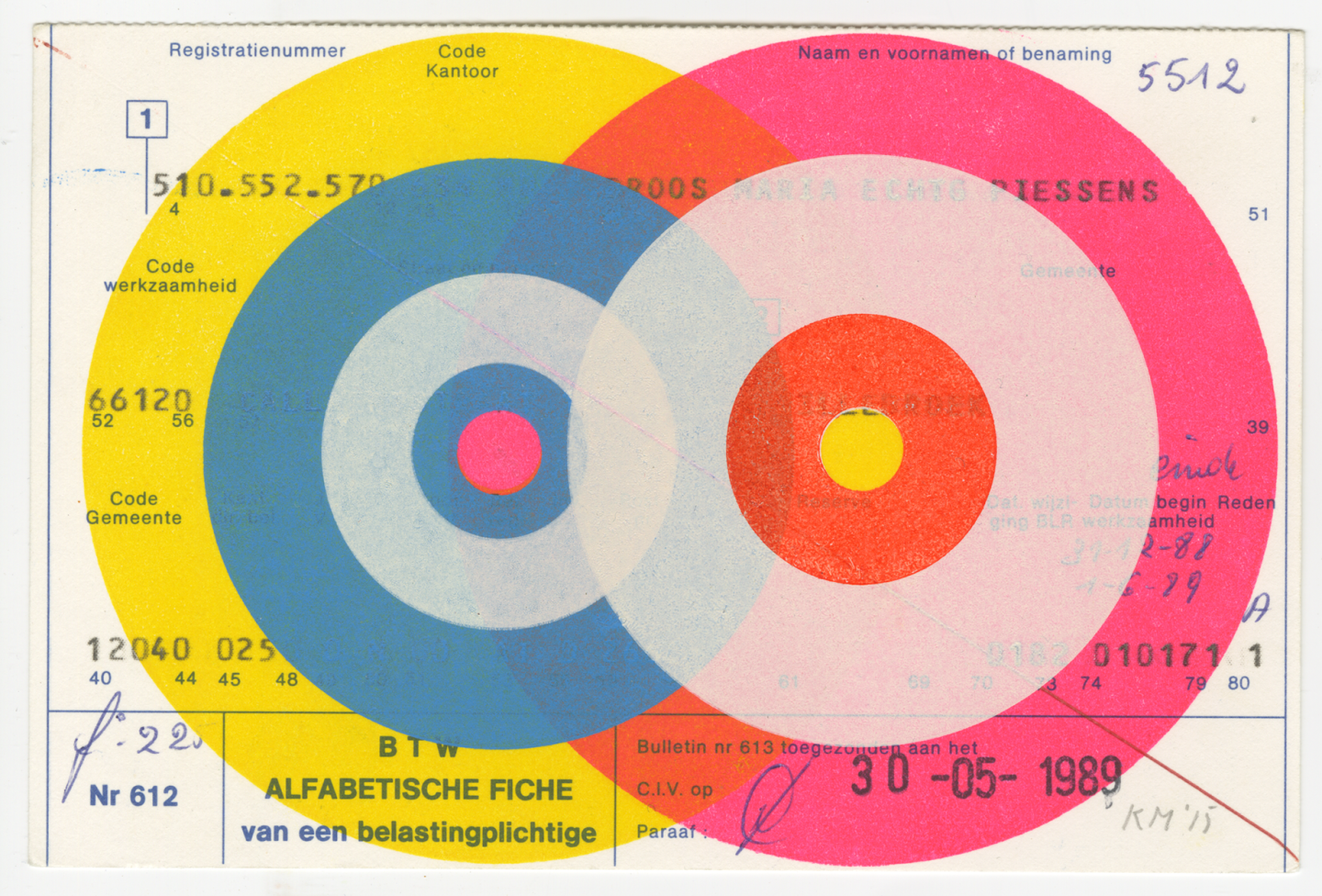
KAREL MARTENS | Stedelijk Museum Amsterdam
Dutch designer Karel Martens has been a major influence in the landscape of graphic design for the past five decades. His playful and visual approach to design and typography has had a tangible impact on contemporary graphic design, book design, and typography. His body of work spans books, autonomous printing, textiles, kinetic sculptures, and 3D objects. At the age of 85, he is still active as a graphic designer, and still gives lectures and teaches worldwide. In 2025, the Stedelijk will showcase an extensive overview of his body of work in a comprehensive exhibition.

2024 Tour de France Femmes | Rotterdam

PLANET POSITIVE DISRUPTION | Moco Museum Amsterdam
Now on display at Moco Amsterdam, Frankey’s art takes center stage in the exhibition "Planet Positive Disruption," a vibrant showcase of humor, lightheartedness, and the transformative power of creative disruption. This collaboration reflects Moco’s dedication to elevating street art as a dynamic form of artistic expression, while championing the creativity rooted in the museum’s very own city.
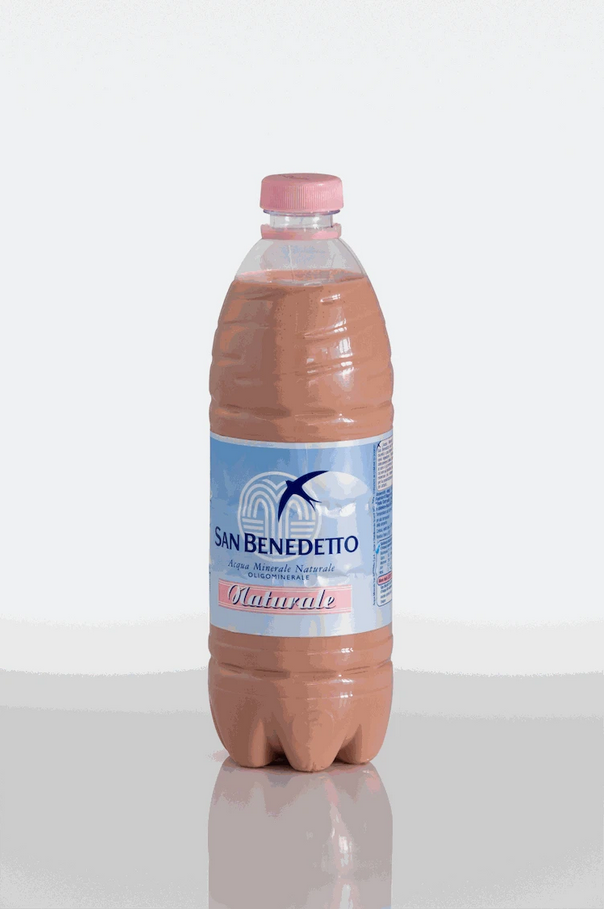
Pamela Rosenkranz | Stedelijk Museum Amsterdam
Artist Pamela Rosenkranz presents her first exhibition in the Netherlands at the Stedelijk Museum. Rosenkranz is internationally acclaimed for her immersive works that reflect on the relationship between the body, its physiology and rapidly changing environment. In Rosenkranz’s work, this environment is marked by advanced technology, late capitalism, and human-machine relations. Her work often consists of installations and readymade sculptures that frequently reference famous artworks or everyday objects such as Amazon packaging and water bottles. Rosenkranz was a resident of the Rijksakademie van Beeldende Kunsten from 2010 to 2012. She has presented solo exhibitions at institutions such as Centre d’Art Contemporain, Geneva (2010), Kunsthalle Basel (2012), Swiss Pavilion, Venice Biennale (2015), K21 Düsseldorf (2017), and Kunsthaus Bregenz (2021). In 2023, she unveiled a major public sculpture on New York’s High Line.
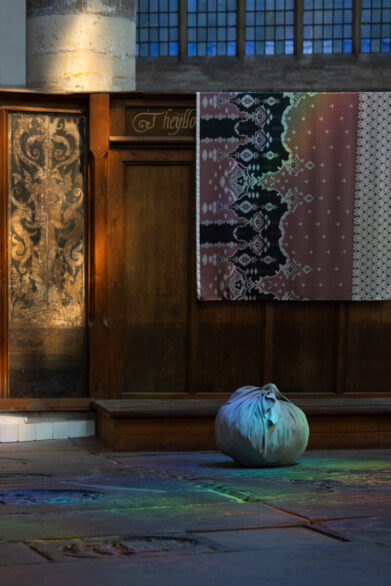
Kimsooja: To Breathe – Mokum | Oude Kerk
Korean artist Kimsooja gained international fame with poetic installations about migration, uprooting, longing for a home and identity. Especially for the Oude Kerk she made her most extensive series of bottari: iconic textile bundles inspired by Korean wraps, filled with clothing from Amsterdam communities. She also covered the 44,000 panes of the meter-high windows with transparent foil that breaks sunlight into rainbow colors. To Breathe – Mokum offers a meditative experience about coming home and what we take with us or leave behind. Invite someone to join you
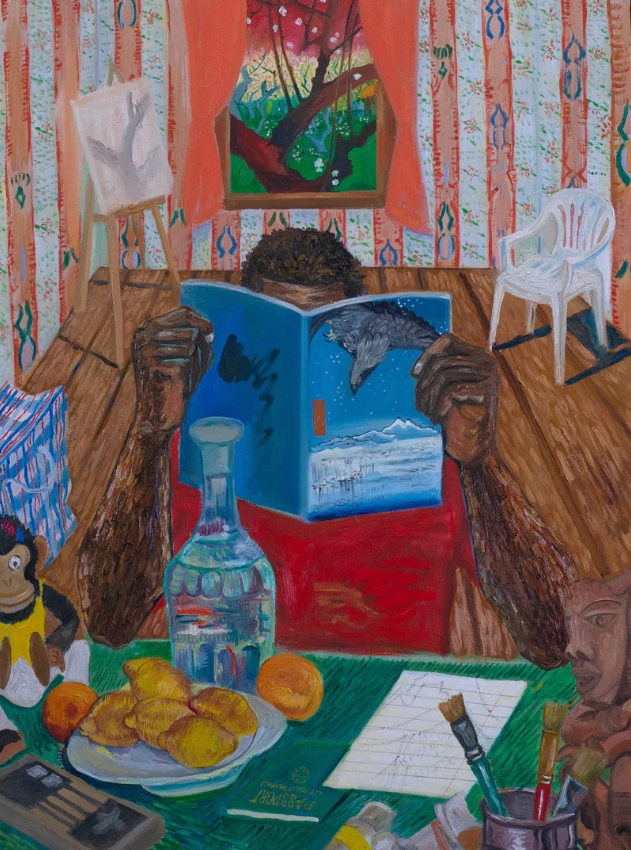
Van Gogh x John Madu: Paint Your Path | Van Gogh Museum
Discover a unique encounter between Vincent van Gogh and Nigerian artist John Madu. For the first time in its history, the Van Gogh Museum presents work by an African artist, in an artistic dialogue that opens up new perspectives.
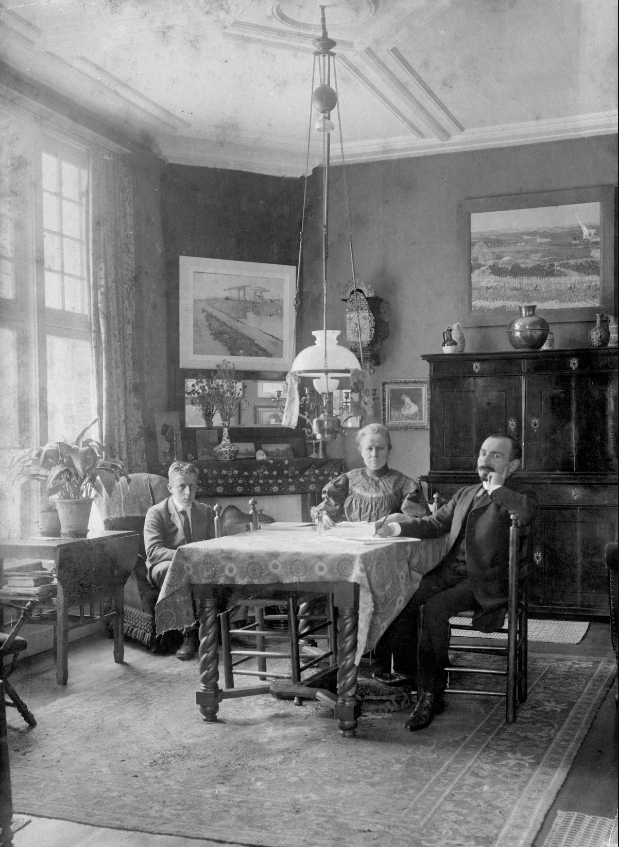
I Am Jo! | Van Gogh Museum
This special presentation reveals the strength and creativity of more than 100 Amsterdam women, inspired by the story of Jo van Gogh-Bonger. She was the enterprising woman who helped make Vincent van Gogh world famous.
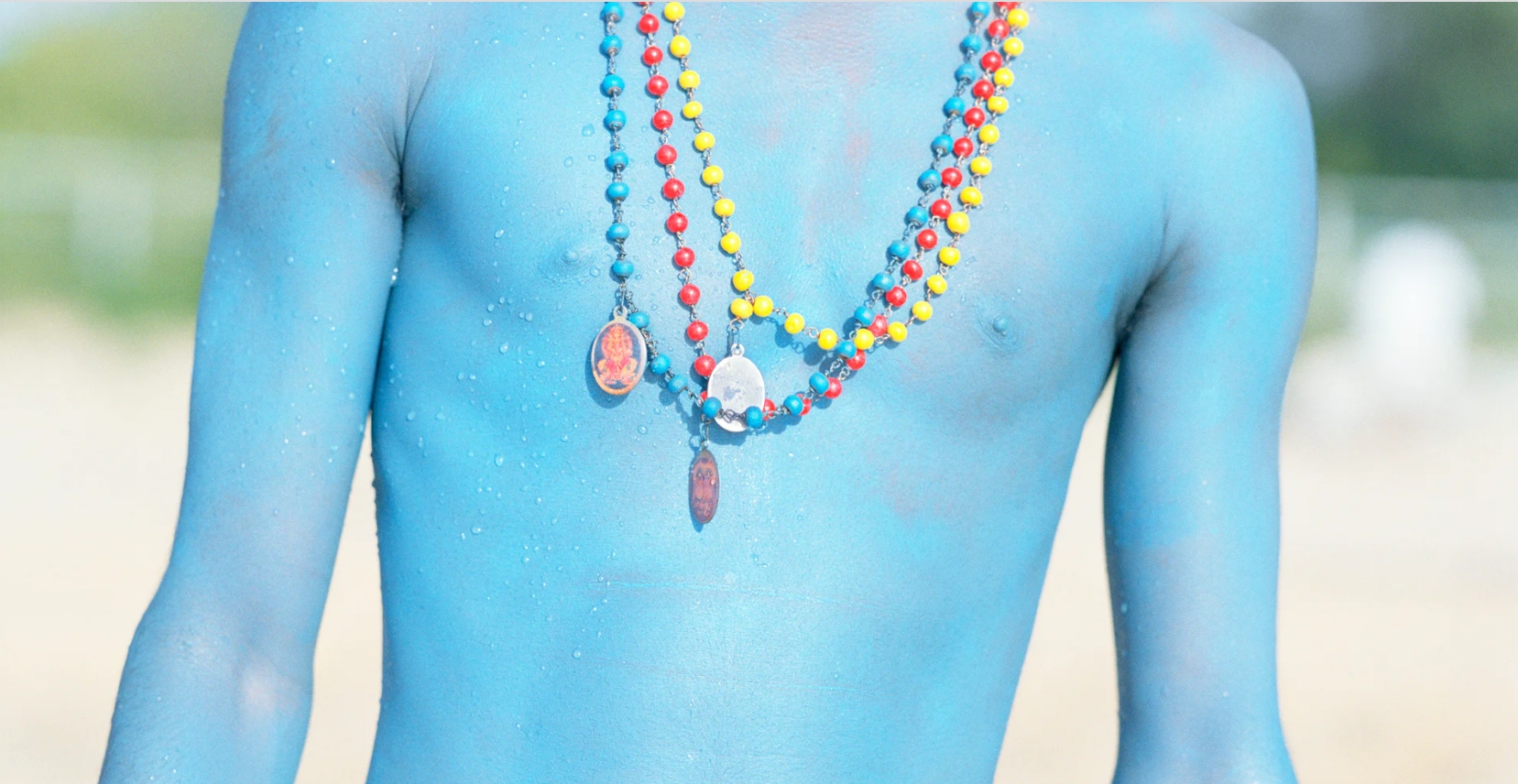
CROSSINGS Photography from the Indian subcontinent | Rijksmuseum
The exhibition presents a dialogue between 19th-century British colonial photography and contemporary work by the French-Sri Lankan artist Vasantha Yogananthan.
The Rijksmuseum photography collection holds some 1200 images from 19th-century India, Pakistan, Bangladesh, Myanmar, Singapore, Sri Lanka, Nepal, and Bhutan. Many of these images were commissioned for European and American audiences who knew very little about the countries and regions they depict. The photographs supposedly presented an objective view of the world, but now we can see how they clearly reflected the interests of the people who commissioned them.
Crossings presents the selection of colonial images alongside photographs by Yogananthan, who, more than a century later, visited the same areas to explore his own background.

Kendrick Lamar, SZA Amsterdam Concert Tour 2025|July 13 | JohanCruijffArenA
Kendrick Lamar and SZA are set to light up Amsterdam with an unforgettable performance at the Johan Cruijff ArenA on July 13, 2025. This highly anticipated event promises to be a night of extraordinary music and electrifying energy, featuring two of the most influential artists in contemporary music. Kendrick Lamar, renowned for his profound lyrics and dynamic stage presence, will join forces with SZA, whose soulful voice and innovative sound have captivated audiences worldwide. The Johan Cruijff ArenA, located in the heart of Amsterdam, Netherlands, provides the perfect backdrop for this monumental concert. With tickets priced at 60 EUR, this event offers an incredible opportunity to witness these iconic performers in an unparalleled live experience. Fans and music enthusiasts alike will not want to miss this chance to see Kendrick Lamar and SZA deliver a performance that will undoubtedly be remembered for years to come.

KNIX Night On Fire featuring Corey Kent 2025 (Tempe) | Marquee Theatre
Experience an unforgettable night at the highly anticipated KNIX Night On Fire event, featuring the talented Corey Kent. The event will take place at the renowned Marquee Theatre in Tempe, located at 730 N. Mill Ave, AZ, 85281 on July 7, 2025. Prepare to be entertained by Corey Kent's electrifying performance in this iconic venue. Don't miss out on this incredible opportunity to witness a spectacular show in the heart of Tempe.

Innovatief Sportfestival 2025 | HAN Sport en Bewegen (Hogeschool van Arnhem en Nijmegen) - Gymnasion
The Innovatief Sportfestival 2025 will take place in Nijmegen at the HAN Sport en Bewegen (Hogeschool van Arnhem en Nijmegen) - Gymnasion on July 2, 2025. This event offers a unique opportunity for sports enthusiasts to experience innovative sports activities and showcases. Attendees can look forward to a day filled with exciting demonstrations, interactive exhibits, and engaging workshops. Admission to the festival is free of charge, making it accessible to all who are interested in exploring the latest trends in sports technology and fitness. Don't miss out on this exceptional event in the heart of Nijmegen!

Green Day Amsterdam Concert Tour 2025|July 02 | ZiggoDome
Green Day Amsterdam, set to take place at the renowned ZiggoDome in Amsterdam, Netherlands, promises an unforgettable evening on July 2, 2025, at 20:00. With ticket prices starting at 45 EUR, this event is a must-attend for fans of the iconic punk rock band. Known for their electrifying performances and timeless hits, Green Day will undoubtedly deliver a high-energy show that captivates the audience from start to finish. The ZiggoDome, famous for its state-of-the-art acoustics and vibrant atmosphere, provides the perfect backdrop for this exhilarating concert. Attendees can look forward to a setlist packed with both classic anthems and new tracks, ensuring a night filled with musical nostalgia and fresh excitement. Green Day Amsterdam is not just a concert; it's an experience that celebrates the band's enduring legacy and their connection with fans across the globe.

Open Art & Art on Loop, Amsterdam | Tweede Hugo de Grootstraat 27HS
Welcome to Open Art & Art on Loop, Amsterdam! Join us for an evening filled with creativity and inspiration on Fri Jul 04 2025 starting at 19:30 until 22:00. The event will be held at Tweede Hugo de Grootstraat 27HS where you can immerse yourself in the vibrant art scene of Amsterdam. Explore a variety of artworks from talented local artists, participate in interactive art installations, and enjoy live performances throughout the evening. Whether you're an art enthusiast or simply looking for a fun night out, this event is perfect for everyone. Come and experience the beauty of art in a unique and engaging way at Open Art & Art on Loop, Amsterdam. Don't miss out on this exciting opportunity to connect with the local art community and discover new talents. We can't wait to see you there! Open to the Public: July 5th to 7th, 2025 from 11AM to 5PM
Information Source: THE HOLY ART | eventbrite

Bospop 2025 | Weert

Workshop Striptekenen | Oldehoofsterkerkhof
Altijd al je eigen strip willen maken? Tijdens deze workshop leer je de basis van het striptekenen – van eerste schets tot korte strip. Stripmaker Skelte Siweris Braaksma, bekend van zijn tien eigen stripuitgaven onder de naam Striplân, neemt je mee in zijn wereld. Hij laat zijn werk zien, deelt zijn werkwijze én geeft tips hoe jij jouw verhaal in beeld vangt. Het thema van Arcadia en Bouwurk vormt het vertrekpunt. Hoe vertaal jij een idee, gevoel of gebeurtenis naar een stripverhaal? Je gaat zelf aan de slag en krijgt persoonlijke begeleiding bij elke stap. Of je nou voor het eerst tekent of al vaker iets hebt gemaakt: iedereen is welkom. Dit evenement vindt plaats in de Maakruimte in Bouwurk op het Oldehoofsterkerkhof te Leeuwarden, Fryslân.
Information Source: Arcadia | eventbrite

Streetlight Manifesto 2025 (Tempe) | Marquee Theatre
Streetlight Manifesto will be performing at the Marquee Theatre in Tempe on July 20, 2025. The venue is located at 730 N. Mill Ave, AZ, 85281. Streetlight Manifesto, known for their energetic and captivating live performances, is a must-see for fans of ska and punk music. With their unique blend of horns, punk rock, and catchy melodies, Streetlight Manifesto promises an unforgettable night of music and excitement. Don't miss this opportunity to experience their dynamic sound in person at the Marquee Theatre on July 20th.

Andrés Reisinger Dreams | Moco Museum Amsterdam
Andrés Reisinger is one of the most sought-after visual artists and designers of the 21st Century. He has conquered a unique position in contemporary culture, occupying and defining the fertile space between the digital and physical spheres. Originally from Argentina and currently residing in Spain between Madrid and Barcelona, where his studios are based, Reisinger bridges realms with an instantly recognisable aesthetic that conveys a mesmerisingly clear vision.
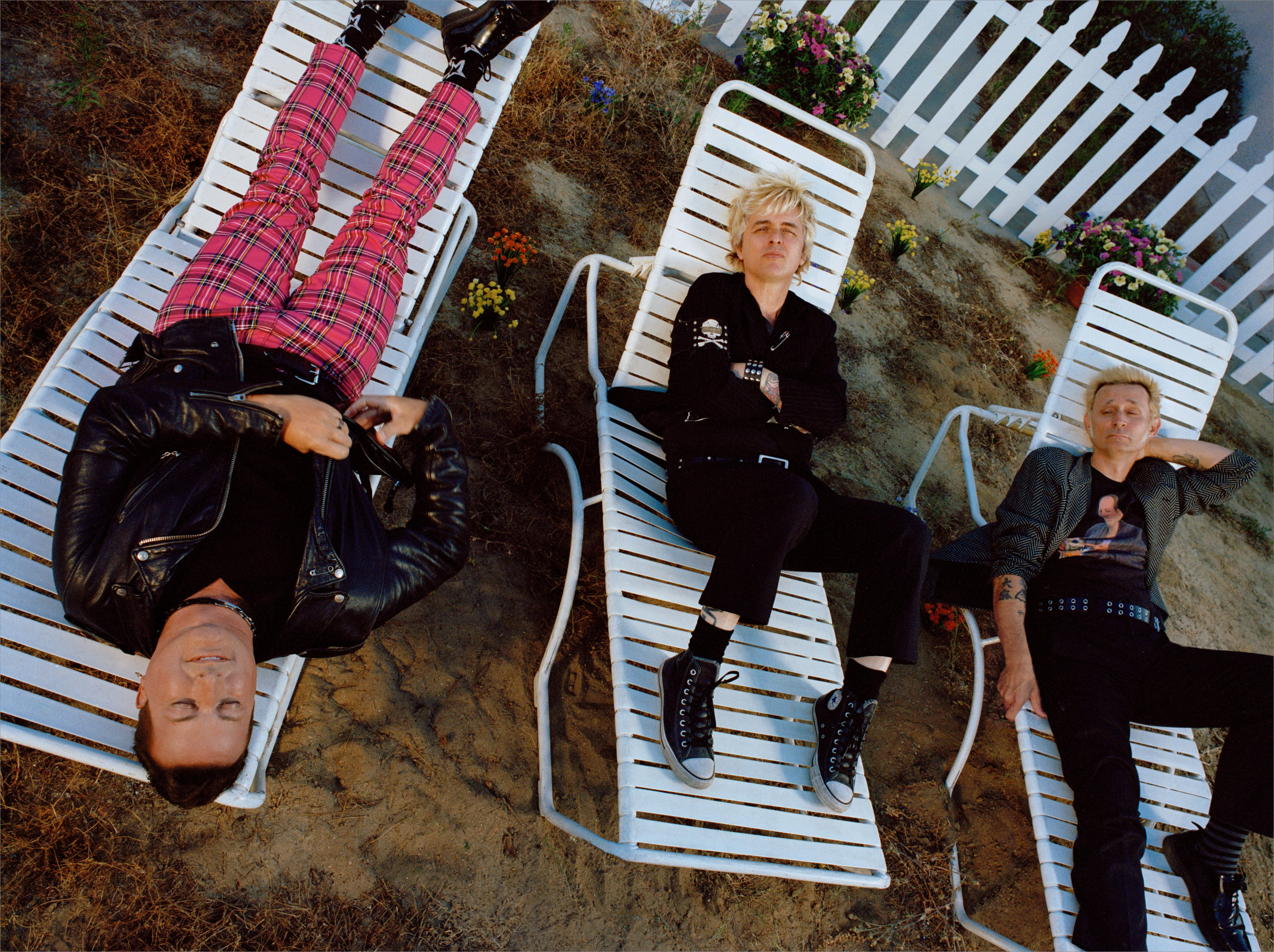
Green Day <The Saviors> Tour | Ziggo Dome

Matilda the Musical | Droitwich Spa High School and Sixth Form
Audiences can expect a production filled with high-energy dance numbers, catchy songs, and moments of both humor and poignancy. The musical showcases standout performances, particularly from the young actress portraying Matilda, whose role demands a compelling blend of strength and vulnerability. Themes of courage, justice, and the transformative power of storytelling are woven throughout the narrative, making it a resonant experience for viewers of all ages. The show's inventive staging and choreography further enhance its dynamic and engaging presentation
Information Source: Droitwich Spa High School | eventbrite

Workshop Collagekunst | Bibliotheek Beverwaard
Een collage maken is een creatieve en ontspannende activiteit. In de workshop collage maken gaan we knippen, scheuren en plakken met bestaande materialen zoals tijdschriften, boeken, papier en karton die je samenvoegt tot een eigen unieke compositie. Bij de workshop zullen ook kaarten en enveloppen zijn om kleinere collages mee te maken; zo kun je iemand in je omgeving of jezelf tijdens de feestdagen vertroetelen met een uniek kunstcadeau.
Information Source: Bibliotheek Rotterdam | eventbrite






